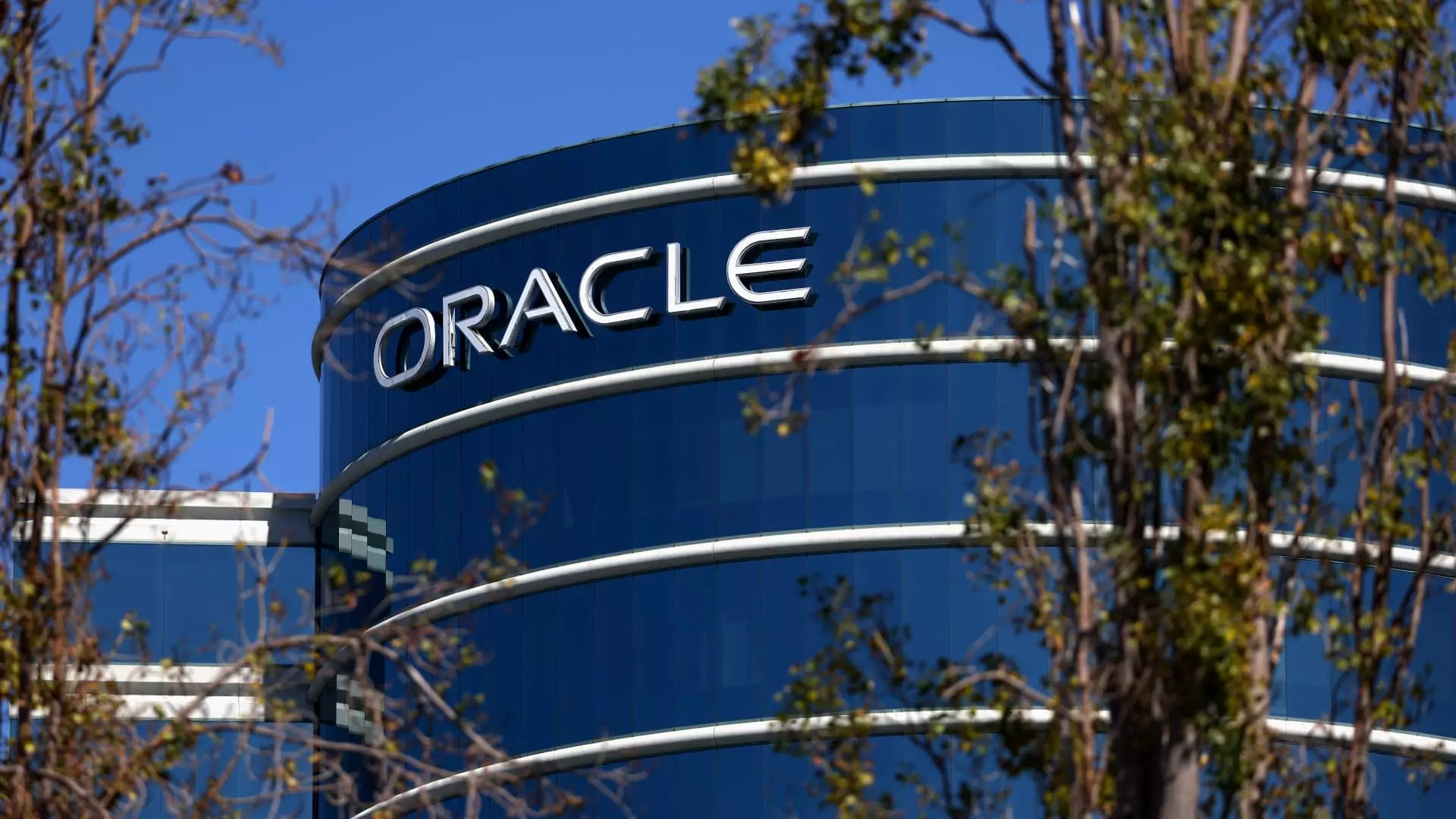In a recent earnings call, Oracle’s co-founder and chairman, Larry Ellison, made a striking announcement that caught the attention of investors and tech enthusiasts alike. Ellison stated that the escalating electricity demands driven by artificial intelligence (AI) technology are prompting Oracle to consider a partnership with next-generation nuclear power solutions. This unexpected pivot from a tech giant raises questions about the future of energy consumption and the viability of nuclear power as a sustainable source for data-intensive operations.
With the rapid proliferation of AI technologies, the pressure on existing electrical grids is set to increase dramatically in the coming years. The conventional infrastructure may find it challenging to cope with the gargantuan energy requirements of future data centers, leading to a potential energy crisis. Ellison’s remarks underscore the urgency of rethinking conventional power sources. He likened the current situation to a “crazy” demand that necessitates out-of-the-box thinking, emphasizing that Oracle is not merely observing the trend but actively planning for the future.
Central to Ellison’s vision is the implementation of small modular reactors (SMRs). Unlike traditional nuclear plants, which are typically massive and complex, SMRs are designed to be compact, scalable, and safer. They promise to deliver 300 megawatts or less, making them an attractive option for powering data centers that require consistent, reliable energy. By prefabricating these reactors, Oracle may significantly reduce capital expenses and expedite the construction process. However, despite their potential, the commercialization of SMRs in the U.S. is currently projected to take at least another decade.
One major challenge lies in the regulatory landscape. The journey from concept to operational nuclear power is fraught with lengthy approval processes, safety assessments, and public skepticism. As Oracle positions itself as a pioneer in harnessing nuclear energy for commercial purposes, it must navigate these hurdles. While Ellison hinted at securing a location with established building permits for three reactors, he refrained from revealing further specifics. This ambiguity raises questions about corporate transparency and the public’s right to know about significant energy projects.
Currently, the SMR market is in its nascent stages, with only a handful operational worldwide, predominantly in China and Russia. This geopolitical context emphasizes the competitive landscape Oracle is entering—a race not just for energy but also for technological superiority. With its eyes set on high-demand sectors like data storage and AI, Oracle is making a bold statement about its priorities in a world increasingly shaped by digital transformation.
Ellison’s unconventional approach may very well reflect a forward-thinking initiative that addresses impending energy challenges. However, it also brings forth concerns regarding safety, public perception, and long-term viability. As Oracle embarks on this ambitious project, stakeholders must weigh the benefits against the risks and ethical implications. The future of energy and its intersection with AI is more crucial than ever, and Oracle’s strategy will undoubtedly influence how industries adapt to this evolving landscape. The world is watching as Oracle navigates this intricate dance between innovation and responsibility.

